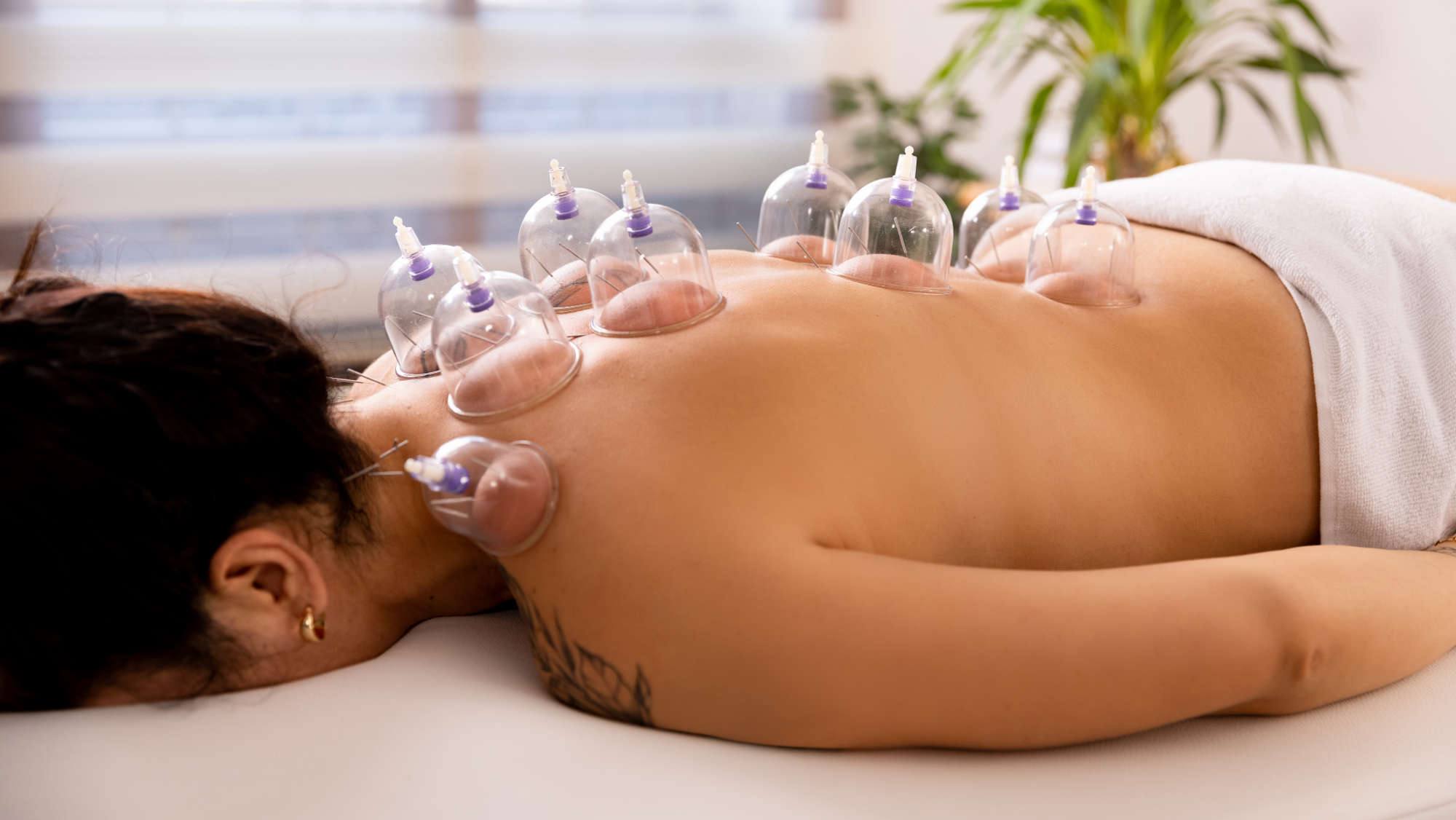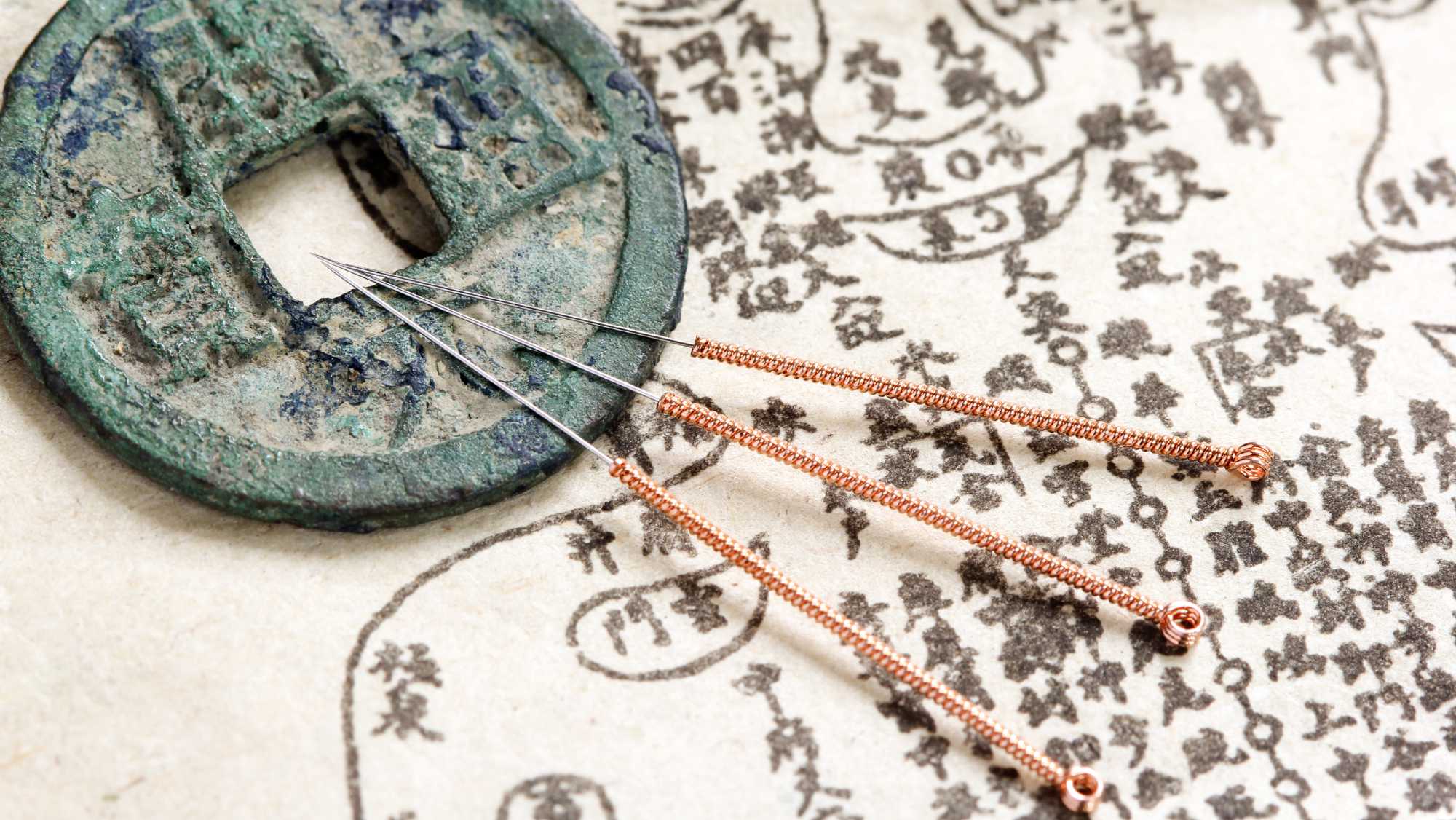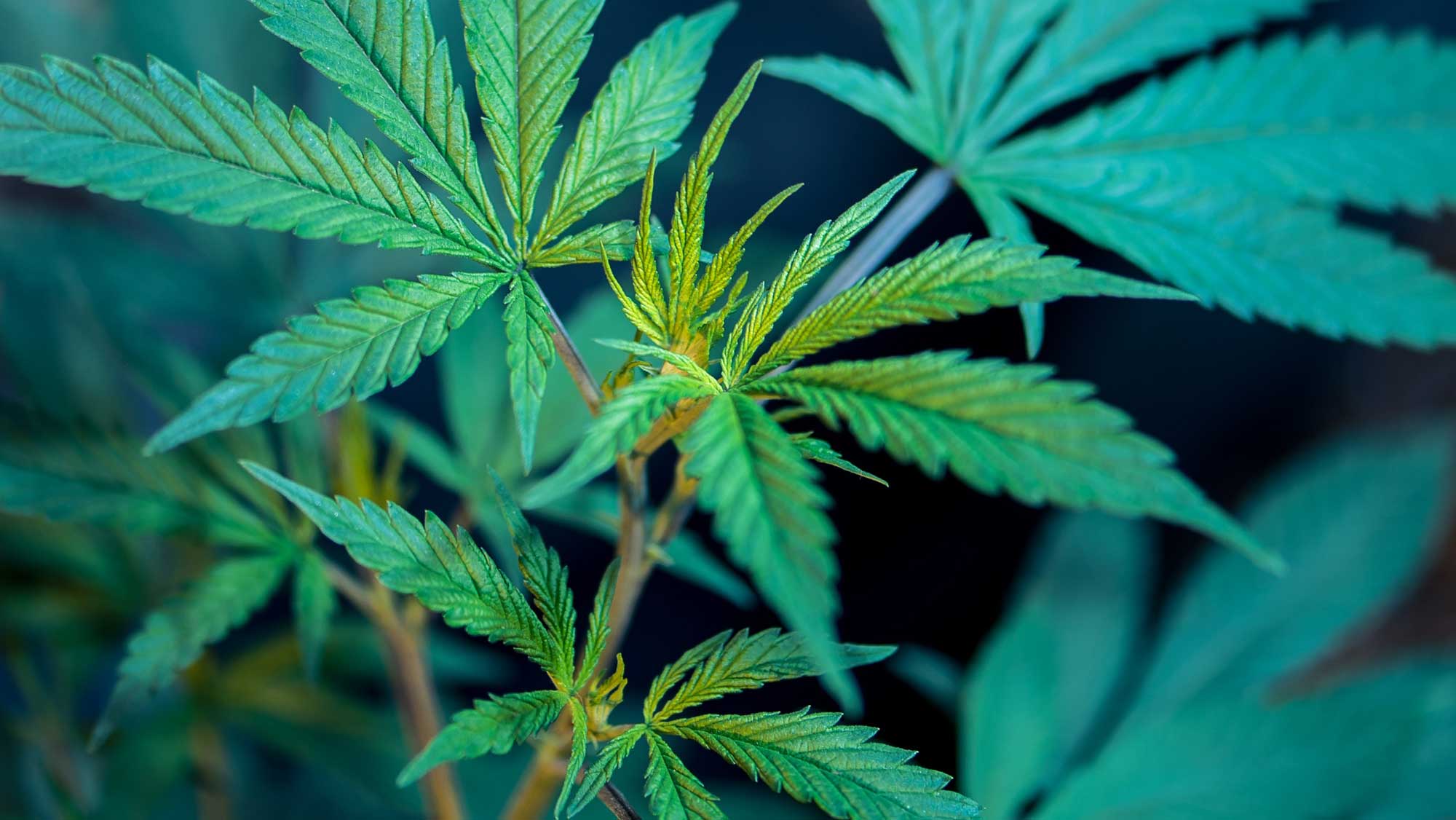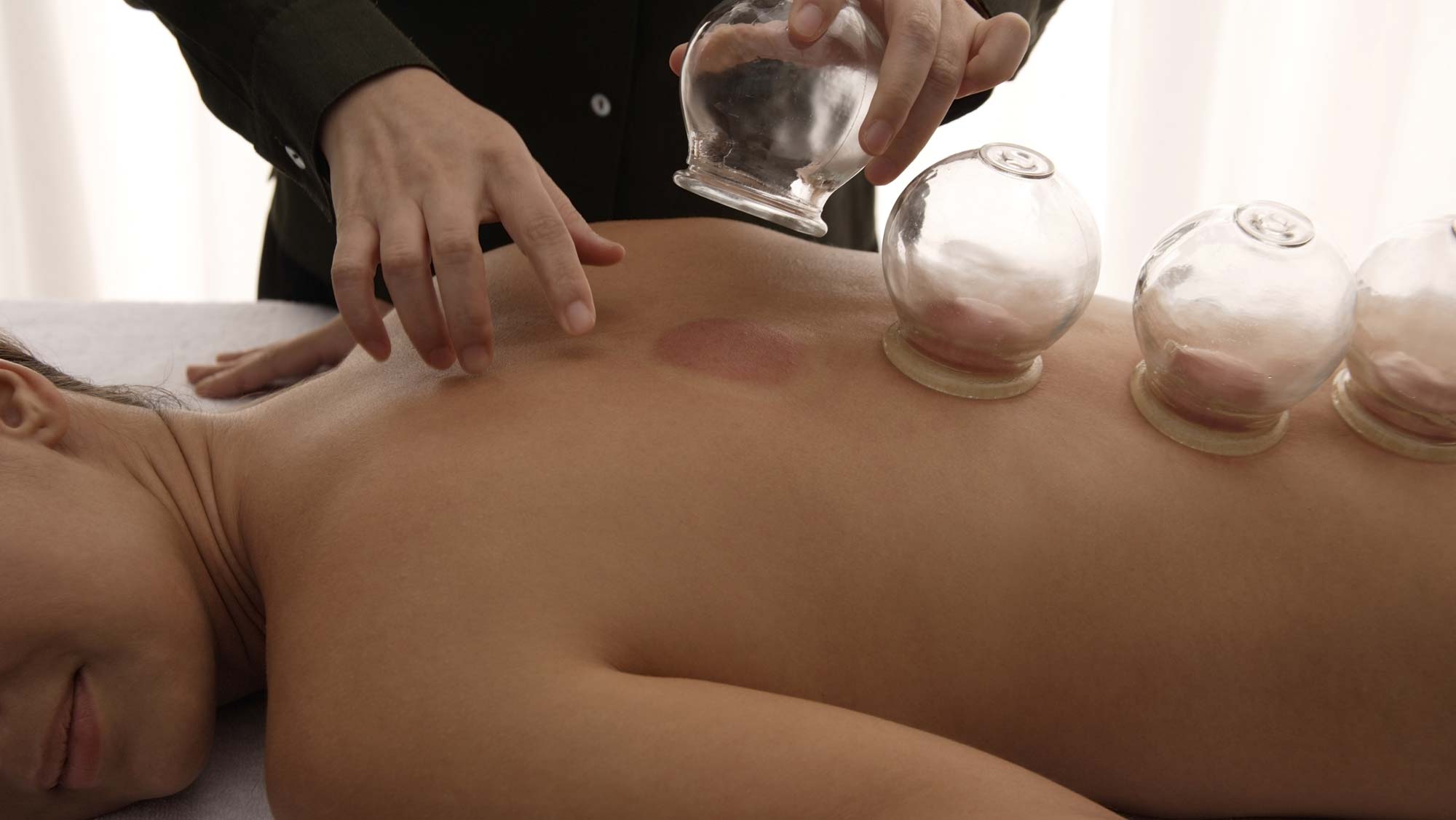Back pain for all ages…
We all know the quintessential image of low vitality—the hunched, hobbling elderly person, one hand holding a cane, the other supporting their aching back. But if our patients are any indication, back pain does not discriminate by age. We have as many twenty-somethings coming in for back pain as patients in their sixties. When asked to specify what they’re feeling, our patients with back pain describe the following:
- Restricted range of motion
- Dull, achy muscle pain: likely due to restricted blood flow due to either an old injury, or repetitive stress.
- Sharp pain: usually an acute injury, or something that just recently flared up.
- Burning pain: usually indicates that there is nerve involvement, as either a tight muscle is aggravating a nerve, or a nerve is being pinched by the spine. In this case there may also be tingling sensations, numbness and/or pain going down the arms or legs.
Most common causes of back pain
Physiologically speaking, back pain is caused by injury to any muscle, tendon, ligament or bone in the back. There are three common causes of back pain:
- A muscle being overworked, leading to tension and compromised blood flow
- Damage to connective tissue, which is defined as a strain or a sprain. A strain is damage to a muscle or tendon while a sprain is damage to a ligament.
- Damage to the bones of the spine or the ribs.
Pain can also be caused by a degeneration of the spine or a herniated disk, which means that the padding between the vertebrae is damaged and out of place. This causes the spine’s alignment to be compromised, leading to nerve impingements and pain.
Patients usually source the above physiological damage to one or more of the following:
- Repetitive stress injury (RSI)
- Poor sleep or desk ergonomics
- Musculoskeletal injury (sports injury, car accident)
- Disk degeneration (osteoarthritis, spondylosis)
- Nerve impingement (radiculopathy)
- Herniated disk
How does acupuncture work physiologically to relieve back pain?
Our acupuncturists essentially tell the brain, via the nervous system, to send blood flow to the injured area. Their tool for doing so, acupuncture needles. By inserting small needles into specific sites on the body, they trigger a response from the nervous system. The nervous system will send a message to the brain, prompting it to respond to the pain and do its healing work in specific places on the body (the placement of the needles is what determines where the brain will focus healing activity). The brain hops to it:
- releasing a cascade of natural painkillers—endorphins and enkephalins,
- increasing blood flow to the painful area,
- relaxing the muscles in the surrounding area.
Aching for details? Read our full article on how acupuncture works physiologically for pain relief.
How we treat back pain at Transformational Acupuncture
We thoroughly enjoy the satisfaction of healing back pain—it can drastically improve people’s lives. It turns out that back pain is very hard to ignore. Whether chronic or acute back pain, so many of our patients respond very well.
Our results are partly due to the style of acupuncture we typically use for back pain, the Balance Method. The Balance Method is well known for its effectiveness in healing physical pain. For more information, read our full article about the Balance Method and how we select acupuncture points for pain relief.
Case studies from our clinic in Washington DC
Below we bring a couple of back pain cases to life for you.
Patient “LT”: stubborn upper back pain following a car accident
A 28-year-old woman came in to seek help recovering from a car accident. Though the accident occurred many months prior to her first appointment, she still struggled with lingering pain, restricted range of motion in her neck, upper back and shoulders, and intense, frequent headaches.
Our first few treatments were aimed at helping the whiplash injury to the neck and treating her headaches. By her fourth visit, the headaches stopped, the neck pain went away, and there was only residual tightness in the upper back. In order to treat this, we targeted every affected muscle group in the upper back.
In Chinese medical theory, the muscles in the back are fed blood and nutrients by different meridians:
- Muscles causing pain between and underneath the shoulder blades are fed blood and nutrients by the Large Intestine (LI) meridian
- All of the upper back muscles close to the spine are nourished by the Kidney (KI) meridian
- The more superficial muscle groups covering the upper back are associated with the Bladder (BL) meridian.
For LT, these meridians were the primary painful muscle groups. In order to select the appropriate acupoints to treat her condition, we used the Balance Method approach to select the “balancing” meridians. We then selected the specific acupoints on those meridians based on Chinese medical “body imaging” theory. Theoretically, the use of these acupoints directs blood flow to all of the affected upper back muscles.
Some points we used were:
- Kidney 7 (KI 7) to treat the muscles in the upper back next to the spine fed by the Kidney meridian,
- Lung 7 (LU 7) to treat the superficial upper back muscles fed by the Bladder meridian,
- and points from along the Stomach (ST) meridian between ST 40 – ST 41 to treat all of the muscles between the shoulder blades associated with the Large Intestine meridian.
After 8 treatments for upper back pain, LT had experienced complete symptomatic relief, as well as a return to her full range of motion.
Patient “TY”: acute lower back pain flare-up
A 62 year-old out-of-towner came into the clinic for an acute flare-up of lower back pain. He had a long history of back pain and just a few days prior started feeling pain along his lower back and into the hips and sacrum. He was visiting from out of town, so only able to come for one treatment, and had a long road trip back home ahead of him.
As we did in the previous case, we identified all of the muscles affected by his pain. In this case, they were the muscles associated with the Kidney and Bladder meridians. In the low back, the Kidney meridian supplies the deeper muscles closer to the spine and sacrum, and the Bladder meridian supplies the superficial layers of muscles in the low back and hips.
To balance the “sick” Kidney and Bladder meridians, we used points on the Bladder, Large Intestine, and Small Intestine meridians on the leg to treat both the Bladder and Kidney meridians on the low back. The points we chose were:
- Bladder 40 (BL 40) and Bladder 57 (BL 57) to treat the low back
- Large Intestine 4 (LI 4) and Small Intestine 3 (SI 3) to treat the pain in the sacrum and hips.
After our treatment, the patient left without pain and enough energy to enjoy his remaining time in DC and tackle the upcoming drive home.
Research on the effectiveness of acupuncture for back pain
Acupuncture for chronic low back pain: Reviews such as the one conducted by Yuan et al suggest that “acupuncture versus no treatment and acupuncture in addition to conventional care, should be advocated for the treatment of chronic lower back pain.” This meta-analysis of studies on the effects of acupuncture for back pain concludes that acupuncture is an effective standalone treatment as well as an important complementary treatment for chronic low back pain.
Acupuncture found more effective than pain meds: Acupuncture has also been found to be more effective than pain medications for acute back pain, as demonstrated by a study by the Jaseng Center. The study concluded that their acupuncture method “was more effective for pain and function in acute low back pain patients with severe disability in the short term and up to four weeks (longer) than conventional non-steroidal anti-inflammatory drug [NSAID] injections.” The acupuncture method used in this study is very similar to our approach in which we use distal points on the arms and legs.
Chinese herbal medicine for back pain
With our full Chinese herbal pharmacy, our patients with back pain have a very powerful complement to acupuncture with herbal medicine. We custom formulate every herbal preparation for the patient’s specific combination of conditions and constitution.
To decide which herbs will make up the formula, we use the following diagnostic techniques:
- analyze the patient’s symptoms,
- measure the pulse,
- observe the tongue.
While each formula will vary depending on the needs of the individual, the herbs listed below are examples of ingredients commonly found in Chinese herbal formulas for back pain. These herbs alleviate pain, dilate the blood vessels, relax muscles, and help the body deal with stress.
Jiang Huang (Turmeric root):
- Anti inflammatory,
- Analgesic,
- Promotes circulation.
Yan Hu Suo (Corydalis):
- Strong anti-inflammatory and analgesic effect.
- Works directly on the nervous system.
Bai Shao and Gan Cao (White Peony Root and Licorice Root):
- Have a synergistic effect at nourishing and relaxing the muscles to stop spasms.
Ge Gen (Kudzu Root):
- Vasodilator
- Relaxes muscles
- Guides the effects of the herbal formula to the upper back
Xu Duan (Japanese Teasel Root):
- Benefits the spine for any kind of disk degeneration or herniated disk
Du Zhong (Eucommia):
- Strengthens the bones and sinews
- Guides the effects of the herbal formula to the lower back and spine
What to do if you have back pain
If you live in the Washington DC area and are looking to heal back pain naturally, we can help. Here’s what you can do:
- Consider acupuncture, and read up on our affordable acupuncture sessions.
- Let us help you check if you have acupuncture coverage: If you have an insurance policy with Aetna, United Healthcare, or BCBS/CareFirst, we will happily check your policy for you. Just fill out our short online Acupuncture Benefits Verification Form.
- Schedule an appointment online or give us a call at (202) 297-7404.
- Have any questions? Ask an acupuncturist using our contact form.
About the Author
Nadia was the previous co-owner and operations manager of Transformational Acupuncture.







